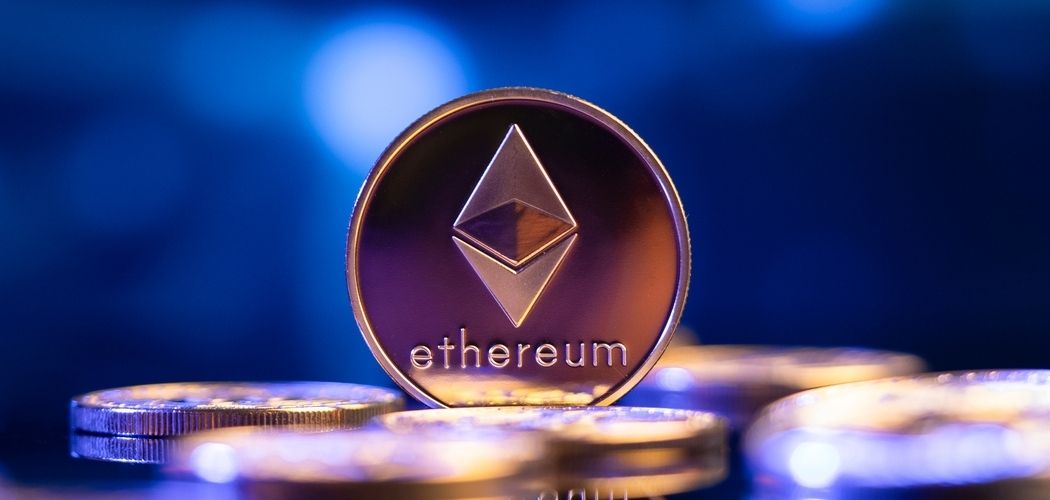Ethereum developers gave a long-awaited update on the Ethereum Merge, stating that the tentative date for the update has been set for September, after the conclusion of a series of test launches.
Ethereum’s transition from a Proof-of-Work blockchain to a Proof-of-Stake blockchain, which began with the launch of the Beacon Chain, has seen significant delays along the way.
A Tentative Date For The Merge
Ethereum is finally close to the Merge phase of its move from the Proof-of-Work consensus mechanism to the Proof-of-Stake consensus mechanism. Ethereum developers announced the news during a conference call that took place on Thursday. Tim Beiko, a core Ethereum developer who runs core protocol meetings, proposed the 19th of September 2022 as the tentative date for the merger. The proposed timeline did not face any opposition from other core developers present on the call.
Not A Hard Deadline
A while later, Ethereum developer superphiz.eth shed some light on developments in an attempt to lend some clarity to the timeline. The developer stated that the proposed date should be seen as a roadmap and not as a hard deadline, stating on Twitter,
“This merge timeline isn’t final, but it’s extremely exciting to see it coming together. Please regard this as a planning timeline and look out for official announcements!”
Ethereum’s Transition To Proof-of-Stake
Ethereum’s move to the Proof-of-Stake consensus mechanism began on the 1st of December 2020 with the launch of the Beacon Chain, which initiated Phase 0 of the transition. Phase 1 of Ethereum’s upgrade was scheduled to launch sometime in mid-2021. However, it was delayed to 2022, thanks to unfinished work and several complexities that emerged while auditing the code.
Back in June, the Sepolia testnet Beacon Chain went live, giving developers on Ethereum valuable technical insights. Sepolia eventually merged with the network on the 7th of July. The final trial will take place on the Georli network and is scheduled to occur in the second week of August. Once this merger is completed, the official Merge will take priority for developers.
The Proof-of-Work vs Proof-of-Stake Debate
Once the transition to Proof-of-stake is completed, Ethereum’s energy consumption is expected to reduce by up to 99%. This, along with the implementation of sharding, will see Ethereum’s scalability increase significantly, putting it at par with centralized payment processors. The debate between proponents of Proof-of-Work and Proof-of-Stake has shown no sign of abating. Supporters of Proof-of-Stake have called the consensus mechanism more environmentally friendly while offering the same level of security as Proof-of-Work. However, Proof-of-Work supporters, including Jack Dorsey, have labeled it less secure and centralized.
Buterin himself has been aggressively defending Proof-of-Stake, arguing that contrary to popular belief, Proof-of-Stake does not include voting on protocol parameters, which is the same as Proof-of-Work. He also stated that nodes reject invalid blocks in both consensus mechanisms. Recently Buterin had gotten into a Twitter spat with Jimmy Song, stating,
“Pro-tip: if there’s a long-established tradition of people debating A vs. B based on deep arguments touching on math, economics, and moral philosophy, and you come along saying “B is dumb because of a one-line technicality involving definitions,” you’re probably wrong.”
A Possible Vulnerability?
However, a recent report from HOPR, in a report, has shed light on a possible vulnerability that could prove critical post Merge. The report stated that validators on the network leak their IP addresses while broadcasting attestations and blocks which are linked to the public key. Since the validators are known ahead of time, upcoming validators could come up against targeted and selective attacks.
“We should stress that this isn’t an emergency: It doesn’t affect any funds today. But this WILL be a major problem post Merge, and validators are incentivized to disrupt each other to poach a share of millions of $$$ in MEV.”
Disclaimer: This article is provided for informational purposes only. It is not offered or intended to be used as legal, tax, investment, financial, or other advice.
Credit: Source link























